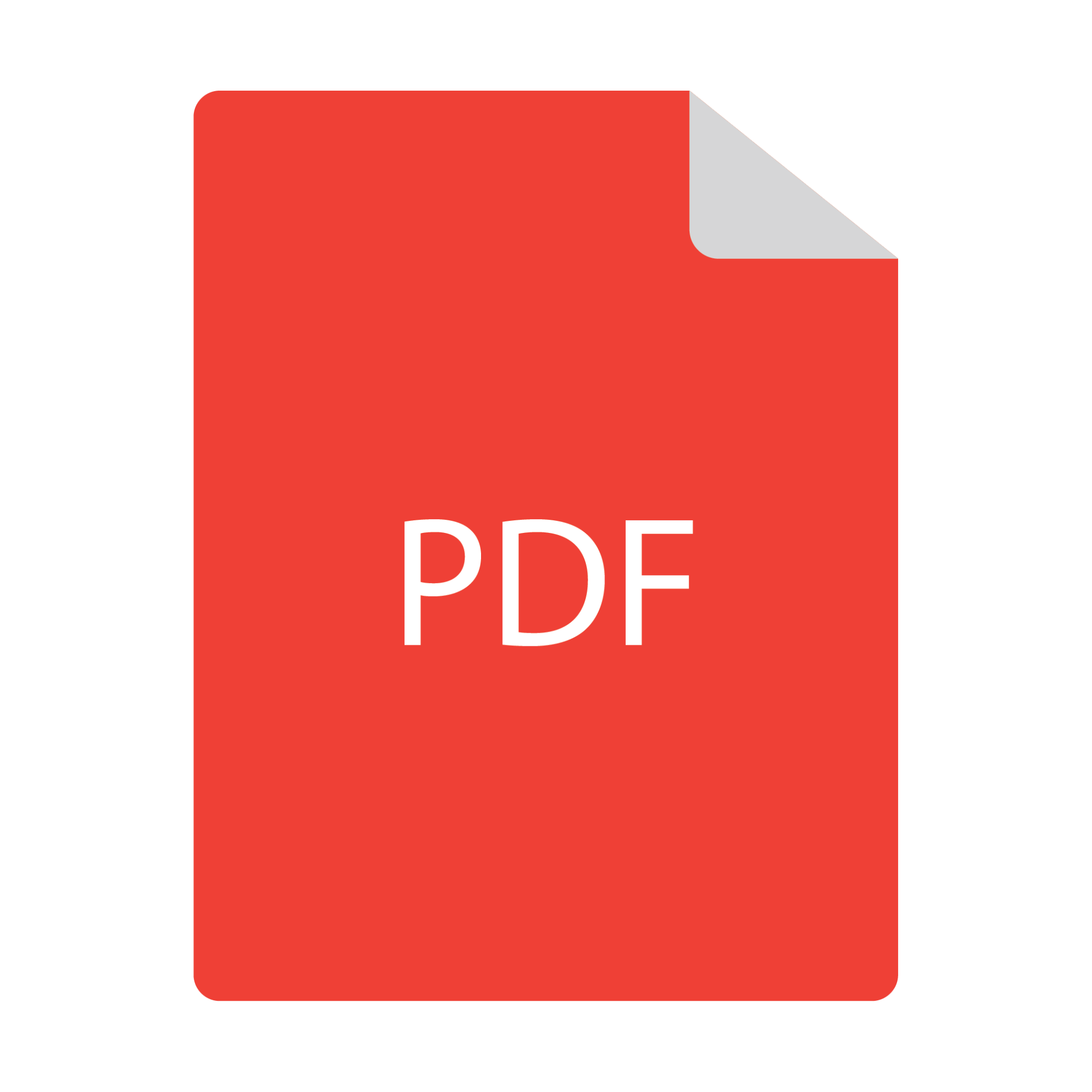Considering making the .ODT file your default text extension instead of a .DOCX file?
A file with the .ODT file extension is an Open Document Text Document file. Files like these are usually created by the free to use OpenOffice Writer word processor program.
Open Document files share a lot in common with Microsoft Word files. They’re both document files and feature text, images, objects, and styles. They’re both compatible with lots of programs, too.
Likewise, ODT files are compatible with Microsoft Word and other applications such as OpenOffice and LibreOffice. However, you can expect to see some formatting differences, and some Microsoft Word features aren’t available in ODT files. There are a lot more differences the two file extensions share too.
So why change from the popular Microsoft Word file to the OpenDocument file? Well, ODT files offer a whole host of benefits.
Ready to learn what they are? Read on.
The Benefits of Using ODT Files
So, what are the benefits of using an Open Document format?
1. Creates Well-Presented Documents
Firstly, files using the ODT format can contain rich formatting, clever graphs and tables, high-quality imagery, and other objects too. This means the format is very popular among those who need to create documents like essays, letters, contracts, reports, plus more. Basically, they can be used for a wide variety of different types of writing.
2. Easily Edited
Likewise, ODT files can easily be edited by those receiving them as well as their original authors across a huge range of software, including assistive technology.
3. Versatile
As mentioned, the format is also supported by various other non-open source applications, making Open Document files very versatile. They also work on most operating systems for desktop computers, laptops, mobile phones, and tablets.
4. Strict Security
Open Document files allow for stricter security checks in comparison to other text files, helping prevent common cyber-attack scenarios. This is an especially attractive quality for big or high-profile businesses whereby keeping important data and personal information safe is crucial.
5. Cost Effective
Open Document files are either low cost or free to use so this allows individuals, businesses, the government, and other organizations to create and share documents without incurring additional costs.
How to Open an ODT File
Now you understand the benefits of using ODT files, it’s time to understand how to use them.
Open Document files are created with OpenOffice Writer, so the best way to open and edit a file is by using the same program. Alternatively, you can opt for LibreOffice Writer, AbiSource AbiWord, Doxillion, or another free document editor.
If you haven’t got any of these programs, don’t panic. As mentioned, Microsoft Word can open ODT files and you can also edit them there too.
Likewise, Google Docs can be used to open ODT files too. If you’re using Google Docs to edit the Open Document file, you’ll need to first upload it to your Google Drive account. Simply click New, then onto the File upload menu.
To open an Open Document file on an Android mobile device, you can install the OpenDocument Reader App.
If you’re using an iPhone or another iOS device, you can open ODT files with OOReader or TOPDOX Documents editor programs.
How to Convert a Text File into an ODT File
Perhaps you have a text file saved into a different format that you’d like converted into an ODT file. Here’s how to convert it.
1. Using Microsoft Word
If you already have Microsoft Word then converting a text file is easy. Simply open your file and choose an ODT file when you save it from the drop-down menu. There are also plenty of other text formats to choose from, such as DOCX.
2. Using Google Docs
Converting using Google Docs is just as easy. To convert your text file into an ODT file, simply click on File, then Download as, and choose Open Document from the options available. Too easy!
3. Using an Online Converter
Alternatively, you can use a free online converter like ours for quick and easy conversion.
Simply rest your browser on Document Conversion at the top of the page. From there, you’ll have a huge choice of text documents to choose from. We can convert DOC, DOCX, HTML, PAGES, PDF, RTF, and TXT to ODT, so no matter the text file type, we’ve got you covered.
Once you’ve selected your text file type, you’ll be taken to a new page. Click on browse and select the correct text file you’d like converted. Then click on ‘I’m not a robot’ to pass our security checks.
Click on the green Convert to ODT button. You’ll be taken to a new processing page where your new document will be converted. Once your conversion is finished, you can then click on Download now.
Your new ODT document will start downloading. Voila!
With our free online converter, you can use it as many times as you like without charge. Go crazy with your conversions!
Ready to Start Using ODT Files?
Now you’ve learned of the benefits of using ODT files and understand how to open and convert them, we hope we’ve given you the inspiration to make that move from using other text files!
Want to learn how to convert a text file to a PDF file? Check out our guide ‘5 Quick Ways To Convert Your TXT To PDF Files In Minutes’.









